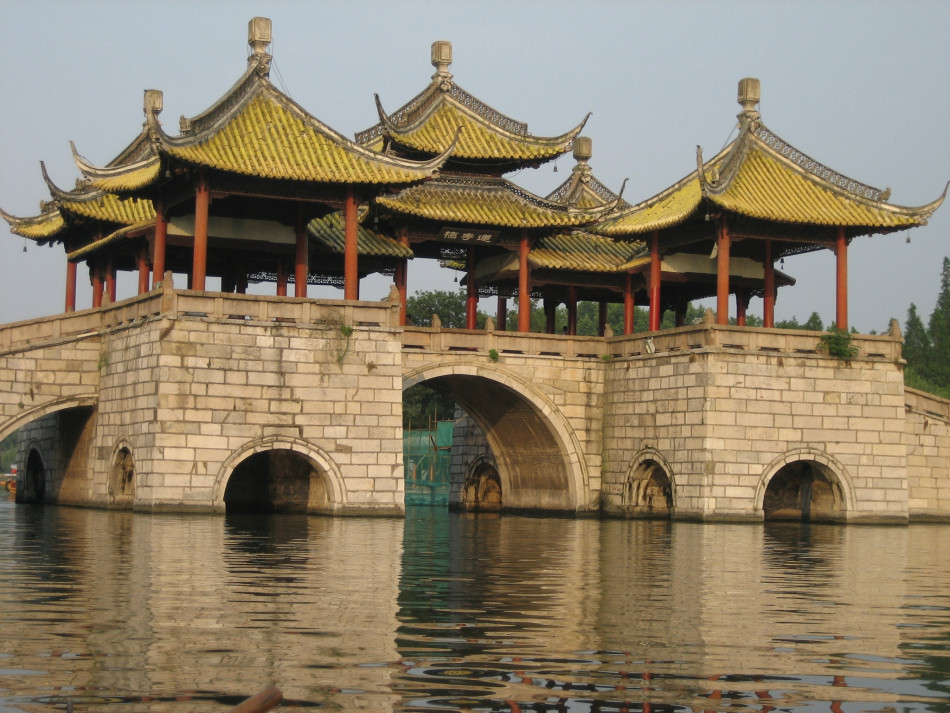Book Review: Chinese Bridges, Living Architecture from China’s Past
Architects and engineers alike marvel at the astounding feats perfected by the master builders of Chinese bridges from centuries past, making many modern bridges pale in comparison.
These bridge builders had many more things in mind than just getting people from one place to another. They didn’t build for personal recognition, or to stand out from their environment.
To the contrary, they built works of enduring practicality, places of contemplation and respect for the natural world, and built-in harmony with their surroundings. Perhaps it is these virtues that have allowed so many of these bridges to still stand firm over a thousand years later.

You may not think to look for a book about bridges from any particular country, but the book Chinese Bridges is a valuable volume that offers an insight into China’s history and society in an unexpected way, in the same way that a bridge itself offers passage to another location — sometimes unexpected, but almost always welcomed.

Written by Ronald G. Knapp, with photography by A. Chester Ong, Chinese Bridges brings admiration and appreciation for the humble bridge to all readers who appreciate the beauty of China, its culture, and its landscape.
Like the harmonious design of a Chinese landscape that blends buildings and agriculture with the natural environment, Chinese Bridges merges historical facts with descriptions of cultural concepts fundamental to understanding the purpose, decorations, construction, and positioning of bridges with stunning visual imagery.
Chinese Bridges is a voyage through the vast geography of China and its ancient past
Almost 300 pages long, and with large, full-color photographs on every page, Chinese Bridges is a voyage through the vast geography of China and its ancient past.

China’s bridges are still being “discovered” by the West, many of which were constructed using techniques and principles that have been lost in China, and have never been seen anywhere else in the world.
From step-on block bridges built from stone, pontoon bridges built from bamboo poles and mats that float upon the water, to zig-zag bridges that “help extend the appreciation of a compact space by augmenting the distance between two points,” and temple bridges amazingly constructed between cliff faces high above the ground, Chinese Bridges is a feast for all eyes that appreciate beauty, and essential reading for those versed in Western-style construction, architecture, or engineering.
Ronald G. Knapp has been researching China’s geographical culture and history since 1965, and he is the perfect candidate to undertake the immense task of compiling this remarkable book that spans China’s dynasties and vast terrain. A number of his books introduce the English-speaking world to the architecture of China, including the award-winning Chinese Houses: The Architectural Heritage of a Nation.
“The book Chinese Bridges is a valuable volume that offers an insight into China’s history and society in an unexpected way, in the same way that a bridge itself offers passage to another location — sometimes unexpected, but almost always welcomed.”







